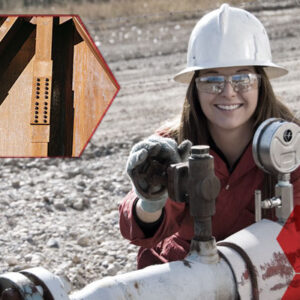Introduction
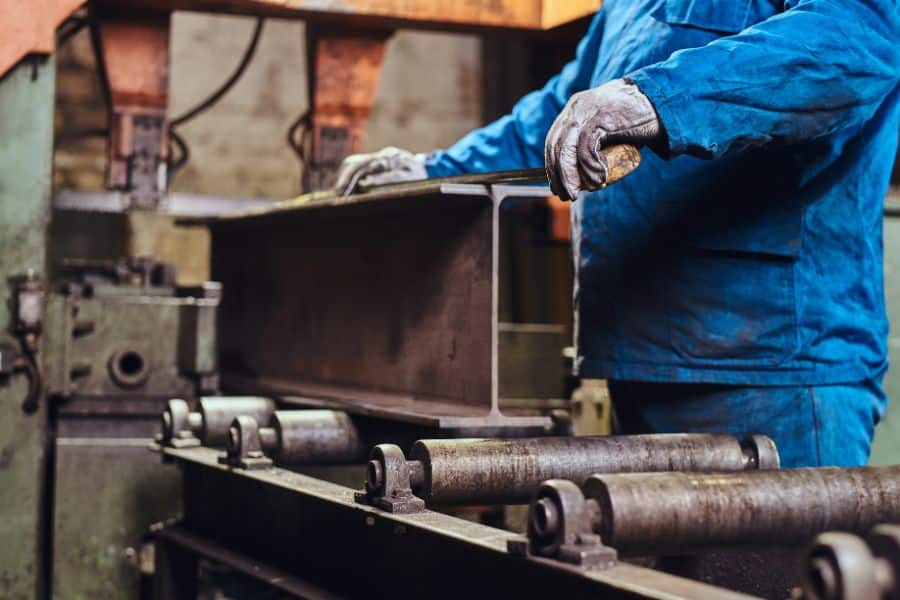
Cathodic protection is a crucial technique in the world of corrosion control. It’s a reliable method that helps prevent the deterioration of metal structures and pipelines, extending their lifespan and reducing maintenance costs. In this blog, we will take a deep dive into the fundamentals of cathodic protection, exploring its principles, applications, and importance in preserving critical infrastructure.
Cathodic protection is not just a concept; it’s a lifeline for industries that depend on the reliability of their metal assets. From the sprawling pipelines that traverse continents to the towering skyscrapers that grace our cities, cathodic protection touches every facet of modern life. In this voyage, we’ll uncover its applications across diverse industries, from the oil and gas sector, where it guards against pipeline corrosion, to the maritime world, where ships and underwater structures are shielded from the relentless onslaught of saltwater.
The benefits of cathodic protection are manifold. It bestows cost savings, enhances safety, protects the environment, and ensures regulatory compliance. It is a testament to human ingenuity, a solution that not only mitigates the ravages of corrosion but also leaves a positive mark on the world.
Understanding Corrosion
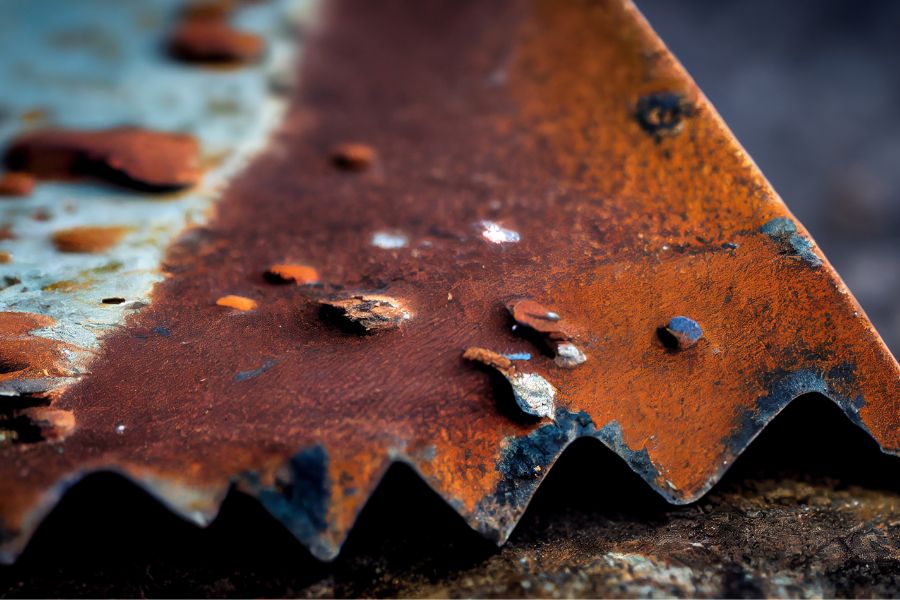
Corrosion is a natural and pervasive process that can have far-reaching consequences if left unchecked. It’s essential to have a solid grasp of corrosion’s mechanisms and factors that contribute to it, as this knowledge forms the foundation for comprehending the significance of cathodic protection.
Types of Corrosion
Corrosion can manifest in various forms, each with its unique characteristics and effects:
- Uniform Corrosion: This is the most common type of corrosion, resulting in a relatively even loss of material from the entire metal surface. It often leads to a gradual thinning of the metal.
- Pitting Corrosion: Pitting corrosion is characterized by localized, small holes or pits on the metal’s surface. It can be particularly problematic as it can lead to structural weaknesses.
- Galvanic Corrosion: Occurs when two dissimilar metals come into contact in an electrolyte. The more reactive metal corrodes while the less reactive one remains relatively unaffected.
- Crevice Corrosion: This type of corrosion occurs in small, confined spaces, such as gaps and crevices, where oxygen and moisture become trapped, creating an environment conducive to corrosion.
- Intergranular Corrosion: It affects the grain boundaries of a metal, weakening the material along these boundaries. It can be especially problematic in alloys.
- Stress Corrosion Cracking: Occurs under tensile stress in the presence of a corrosive environment. It leads to the formation of cracks, which can propagate and cause structural failures.
The Consequences of Corrosion
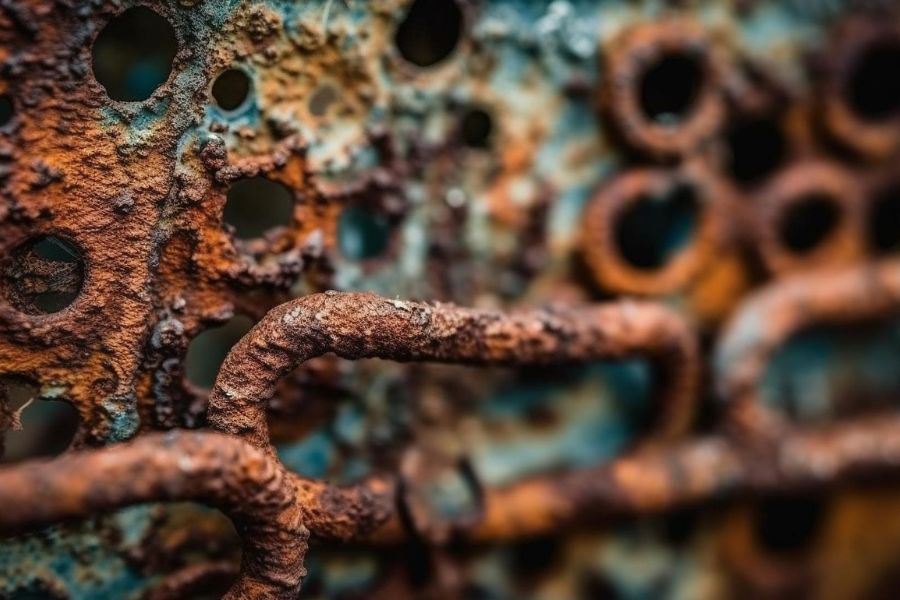
Corrosion, often described as the “silent destroyer,” poses a myriad of consequences that extend well beyond the surface of metal structures and components. The effects of corrosion can be profound and have significant implications for various industries, the environment, and society as a whole.
The consequences of corrosion are far-reaching and can impact various industries and sectors:
- Safety Risks: Corrosion can compromise the structural integrity of critical infrastructure, leading to accidents and safety hazards.
- Financial Implications: The costs associated with repairing or replacing corroded structures can be staggering. Industries often face significant financial burdens due to corrosion-related maintenance and repairs.
- Environmental Impact: Corrosion can result in leaks and spills, posing environmental threats, especially in industries dealing with hazardous materials.
- Loss of Functionality: Corroded equipment and structures may not function as intended, leading to disruptions in operations and reduced efficiency.
The Role of Cathodic Protection
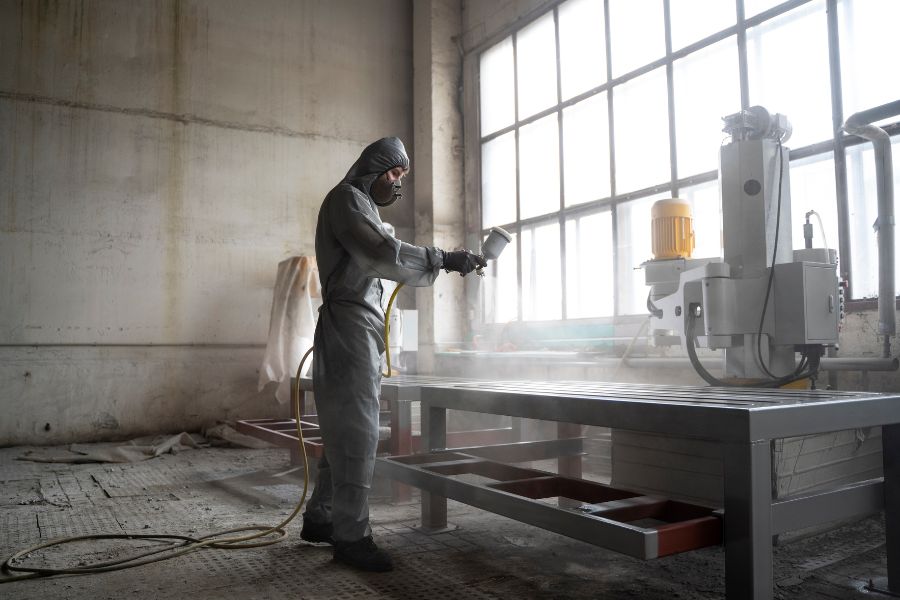
Cathodic protection serves as a shield against corrosion. It works on the principle of electrochemistry, creating a controlled electrical circuit that redirects the flow of electrons from the metal surface to a more easily corroded “sacrificial” metal or an external power source.
By doing so, cathodic protection effectively suppresses the oxidation of the metal, preventing corrosion.
It’s based on the principles of electrochemistry and involves the manipulation of electrical currents to counteract the natural corrosion process.
- Electrochemical Shielding: Cathodic protection acts as a protective shield for metal surfaces. It harnesses the principles of electrochemistry to manipulate the flow of electrons, ensuring that the metal of interest remains the cathode (the site where reduction occurs) while another metal or material, often referred to as the anode, takes on the role of being sacrificed to corrosion. This ingenious manipulation effectively halts or significantly reduces the corrosion of the protected structure.
- Prevention of Oxidation: Corrosion is fundamentally an oxidation process, where metal atoms lose electrons and transform into ions. These ions combine with oxygen and other substances in the environment, forming rust or corrosion products. Cathodic protection intervenes in this process by diverting the flow of electrons away from the metal surface, inhibiting the metal’s oxidation and, consequently, the progression of corrosion.
- Preserving Structural Integrity: One of the primary goals of cathodic protection is to extend the life of metal structures. By implementing this technique, structures such as underground pipelines, storage tanks, bridges, and offshore platforms can maintain their structural integrity over a longer period. This not only saves substantial maintenance costs but also ensures the continued safe operation of critical infrastructure.

- Environmental Impact Mitigation: Corrosion not only affects the longevity of structures but can also have significant environmental consequences. Leaks from corroded pipelines can lead to soil and water contamination, posing a threat to ecosystems and public health. By preventing corrosion, cathodic protection helps mitigate these environmental risks and contributes to sustainable resource management.
- Versatile Applications: The role of cathodic protection extends across a wide range of industries. It is indispensable in the oil and gas sector for safeguarding pipelines and offshore installations. In the infrastructure industry, it protects essential components like bridges and water tanks. Cathodic protection is also vital in maritime applications, where ships, docks, and underwater structures are exposed to harsh marine environments.
- Regulatory Compliance: Many industries are subject to strict regulations and standards that mandate the implementation of corrosion control measures, including cathodic protection. By adhering to these regulations, organizations not only ensure the safety and longevity of their assets but also avoid legal and financial liabilities.
- Cost-Effective Maintenance: Preventive measures, such as cathodic protection, are cost-effective when compared to the expenses associated with repairing or replacing corroded structures. Regular maintenance, monitoring, and timely replacement of sacrificial anodes in galvanic systems or rectifiers in impressed current systems ensure that the protection remains effective, ultimately saving money in the long run.
The Cathodic Protection Process
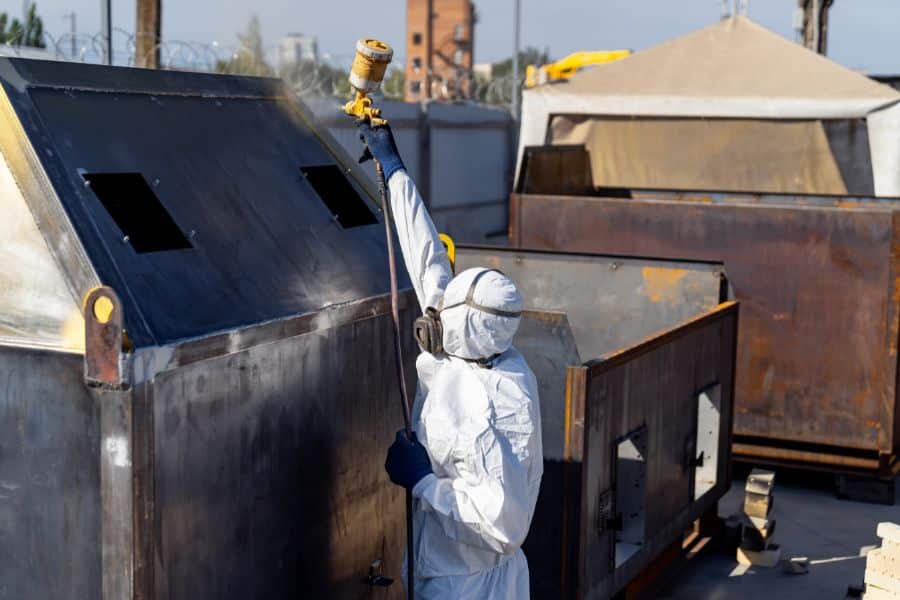
Here’s a step-by-step breakdown of how cathodic protection works:
Electron Flow: Electrons flow from the anode (sacrificial anode or impressed current source) to the cathode (the metal structure to be protected) through the electrical circuit.
Sacrificial Anode Consumption: In the case of sacrificial anodes, these materials corrode over time. This corrosion is the result of their electrochemical reaction with the environment. As they corrode, they release electrons, which are then directed towards the cathode.
There are two primary types of cathodic protection:
- Galvanic Cathodic Protection: This method uses a sacrificial anode made of a metal more reactive than the structure it is protecting. The anode corrodes instead of the structure, preserving the integrity of the metal.
- Impressed Current Cathodic Protection: In this approach, an external power source (rectifier) is used to provide a continuous flow of electrical current to the structure. This current counteracts the corrosion process, ensuring the metal remains protected.
Applications of Cathodic Protection

By utilizing electrochemical principles, cathodic protection systems create a protective shield that prevents metal deterioration. In this article, we will explore the diverse applications of cathodic protection, highlighting its importance in various industries and infrastructure projects.
- Underground Pipelines: One of the most common applications of cathodic protection is in the preservation of underground pipelines. Oil, gas, water, and sewage pipelines are susceptible to corrosion when buried in soil or submerged in water. Cathodic protection systems are employed to extend the lifespan of these critical infrastructure components, reducing maintenance costs and ensuring the safe transport of fluids.
- Storage Tanks: Aboveground and underground storage tanks that contain corrosive materials, such as chemicals or petroleum products, rely on cathodic protection to prevent leaks and structural failure. By maintaining a protective electrical potential on the tank’s surface, cathodic protection systems effectively mitigate the risk of corrosion-related incidents.
- Marine Structures: Saltwater is particularly corrosive to metal structures found in marine environments. Cathodic protection is used to safeguard piers, docks, bridges, and offshore platforms from deterioration caused by the constant exposure to seawater. This technology plays a crucial role in maintaining the safety and integrity of these structures, which are often subjected to harsh environmental conditions.
- Oil and Gas Facilities: In the oil and gas industry, cathodic protection is integral to the protection of various assets, including well casings, production facilities, and transportation infrastructure. Preventing corrosion in these environments is essential for maintaining the integrity of equipment, reducing downtime, and preventing hazardous incidents.

- Water and Wastewater Treatment Plants: Water and wastewater treatment plants contain a multitude of metal structures and pipelines that are vulnerable to corrosion due to the presence of aggressive chemicals and moisture. Cathodic protection systems help these facilities maintain the efficiency and reliability of their infrastructure, ensuring the delivery of safe and clean water to communities.
- Bridges and Highway Structures: Bridges and highway structures are exposed to harsh weather conditions, de-icing salts, and other corrosive factors. Cathodic protection is employed to extend the lifespan of these critical transportation assets, reducing the need for costly repairs and minimizing disruptions to traffic flow.
- Underground Storage Facilities: Underground storage facilities, such as natural gas storage caverns and underground fuel tanks, require cathodic protection to prevent leaks and environmental contamination. This application is essential for complying with environmental regulations and protecting public health.
Maintaining Cathodic Protection
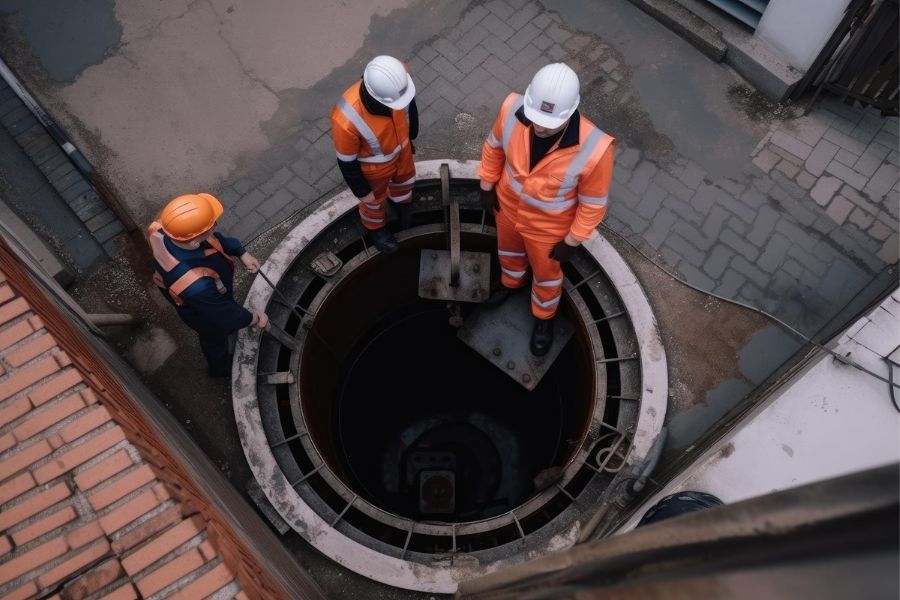
Regular monitoring and maintenance are crucial to ensuring effective cathodic protection. This includes:
- Routine inspections to check anode condition.
- Measurement of electrical potentials to ensure proper protection.
- Replacement of sacrificial anodes when they are consumed.
- Periodic maintenance of impressed current systems.
Benefits of Cathodic Protection
The advantages of cathodic protection are numerous:
- Cost Savings: Cathodic protection reduces maintenance and replacement costs by extending the lifespan of structures.
- Safety: Preventing corrosion-related failures enhances safety in various industries.
- Environmental Protection: Corrosion control reduces the environmental impact of metal degradation.
- Regulatory Compliance: Many industries are required by law to implement cathodic protection measures.
Conclusion
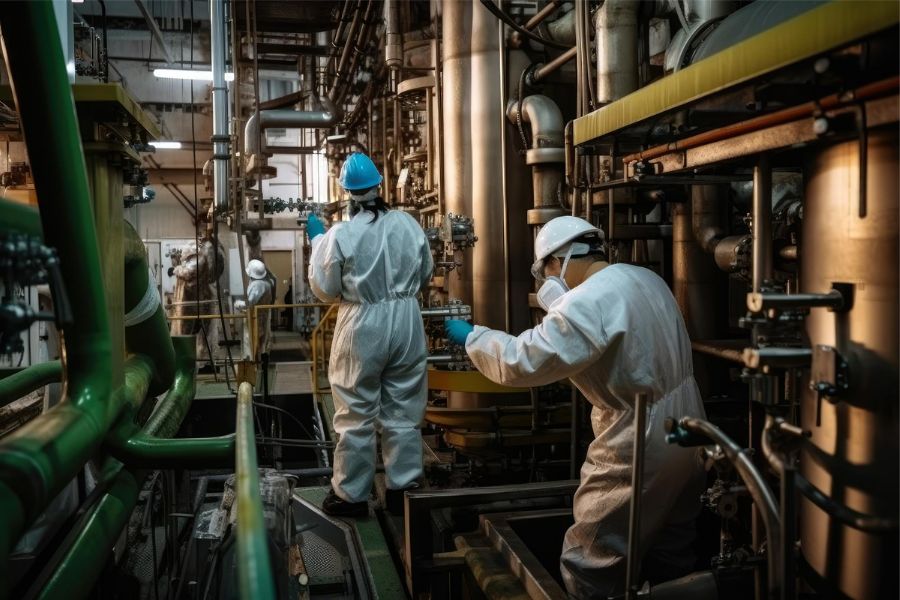
In conclusion, cathodic protection is a fundamental technique for preventing corrosion and preserving the integrity of metal structures. Understanding the principles, types, and applications of cathodic protection is crucial for industries dealing with metal infrastructure. To gain a deeper insight into cathodic protection and learn how to implement it effectively, consider enrolling in courses offered by the CORCON Institute of Corrosion. These courses will equip you with the knowledge and skills needed to safeguard your assets from corrosion effectively. Don’t wait; take the first step towards corrosion control excellence with CORCON today!
Image Reference: Freepik
Disclaimer: All trademarks, logos, and brand names are the property of their respective owners. All company, product, and service names used in this website are for identification purposes only. Use of these names, trademarks, and brands does not imply endorsement.

